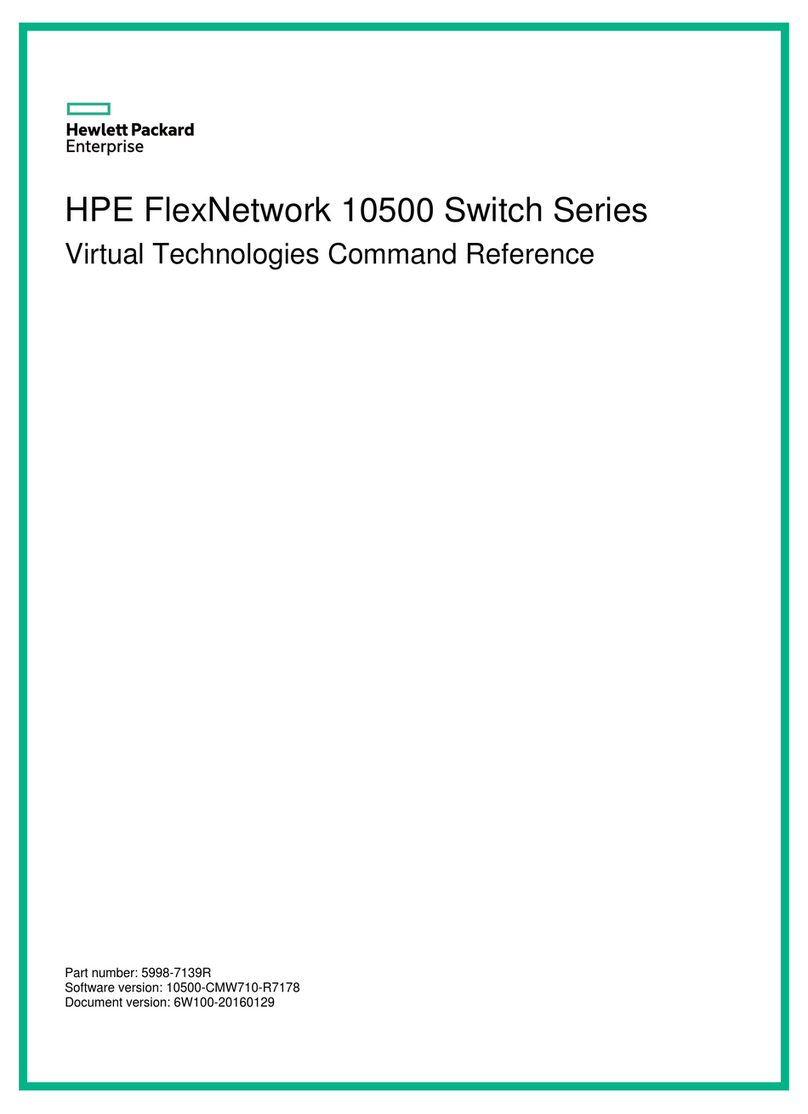HPE FlexNetwork 10500 SERIES User manual
Other HPE Switch manuals
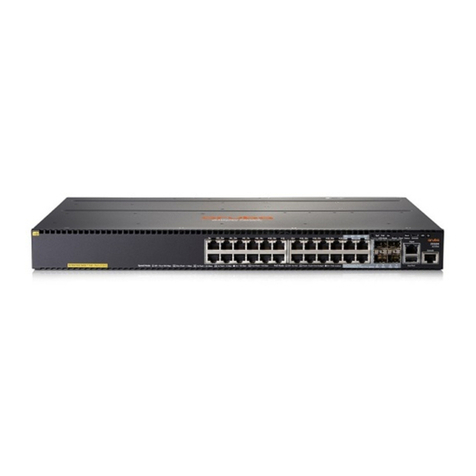
HPE
HPE JL324A Assembly instructions
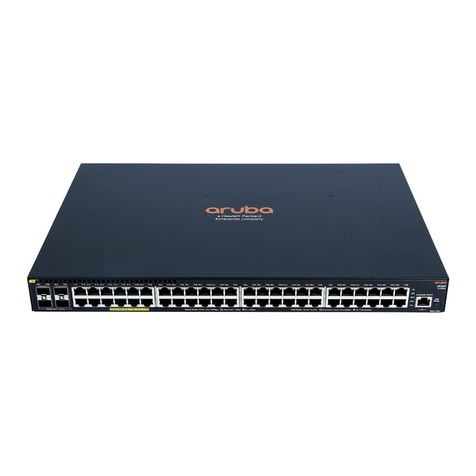
HPE
HPE Aruba 2930F User manual
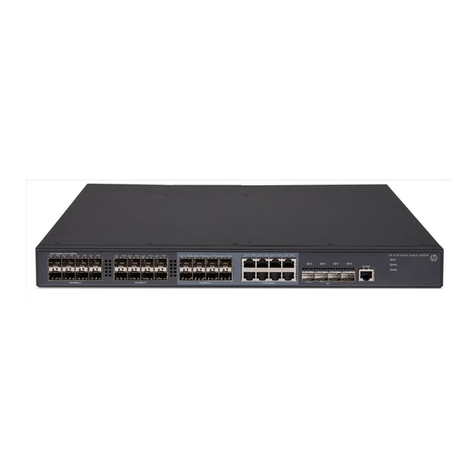
HPE
HPE FlexNetwork 5130 EI Series Instruction Manual
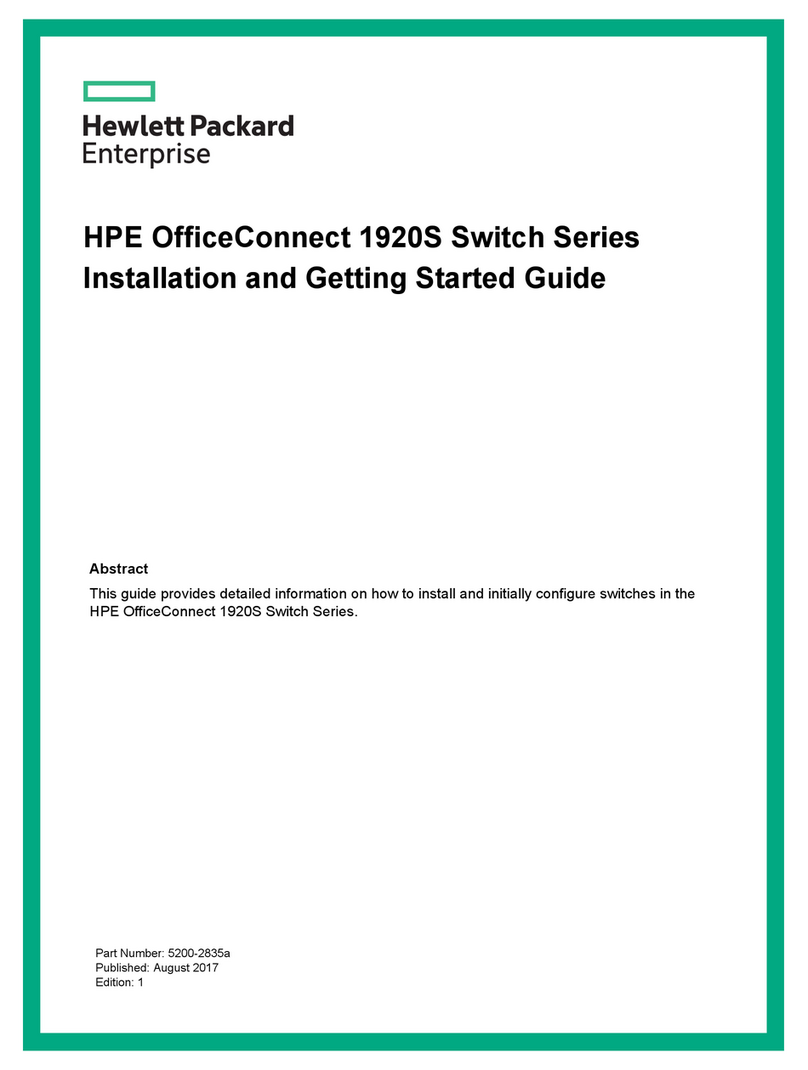
HPE
HPE OfficeConnect 1920S Series User manual

HPE
HPE LSWM1FANSC User manual
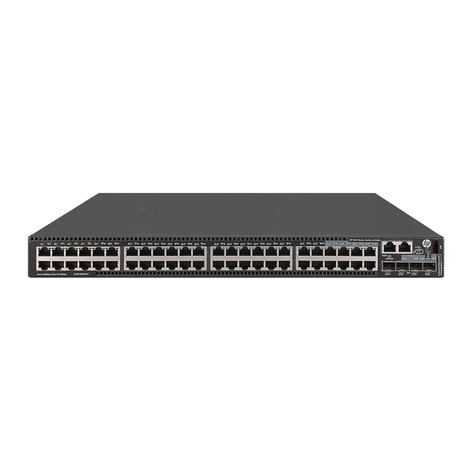
HPE
HPE FlexNetwork 5510 HI Series User manual
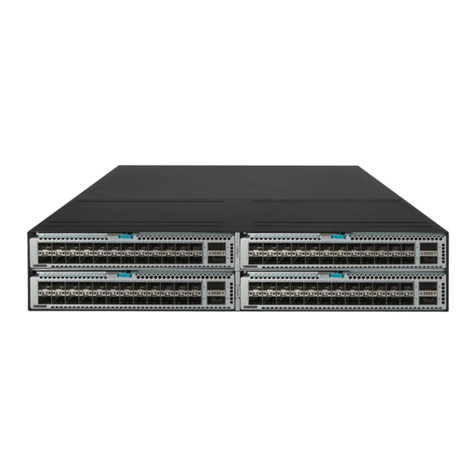
HPE
HPE 5945 Installation instructions

HPE
HPE FlexNetwork 7500 Series User manual
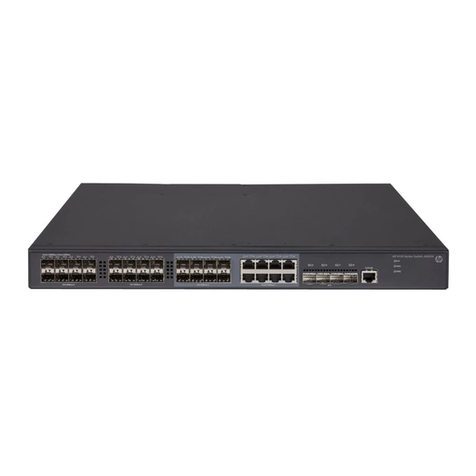
HPE
HPE FlexNetwork 5130 EI Series Installation manual
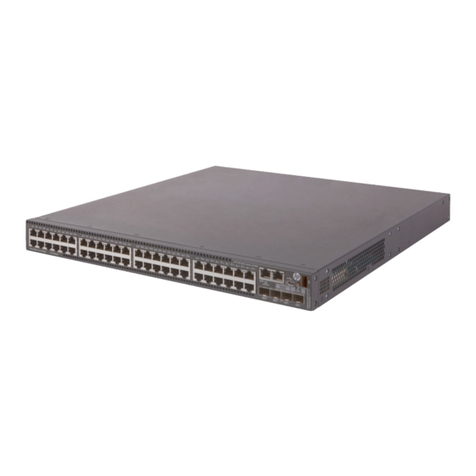
HPE
HPE FlexNetwork 5130 HI SERIES User manual
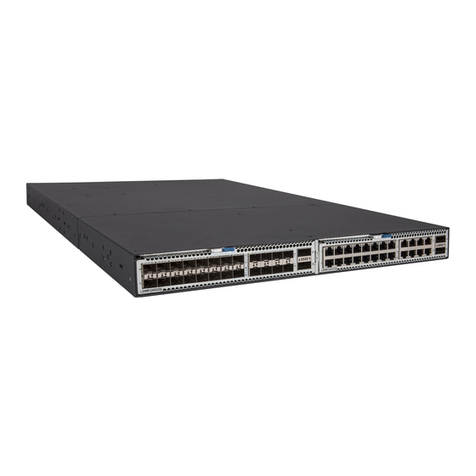
HPE
HPE FlexFabric 5940 SERIES Installation manual
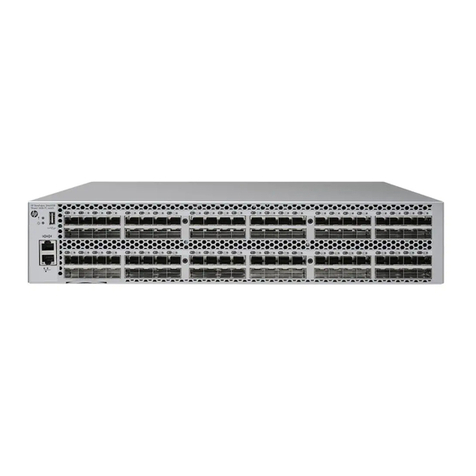
HPE
HPE SN6000B Operating and maintenance manual

HPE
HPE 6Gb SAS BL User manual
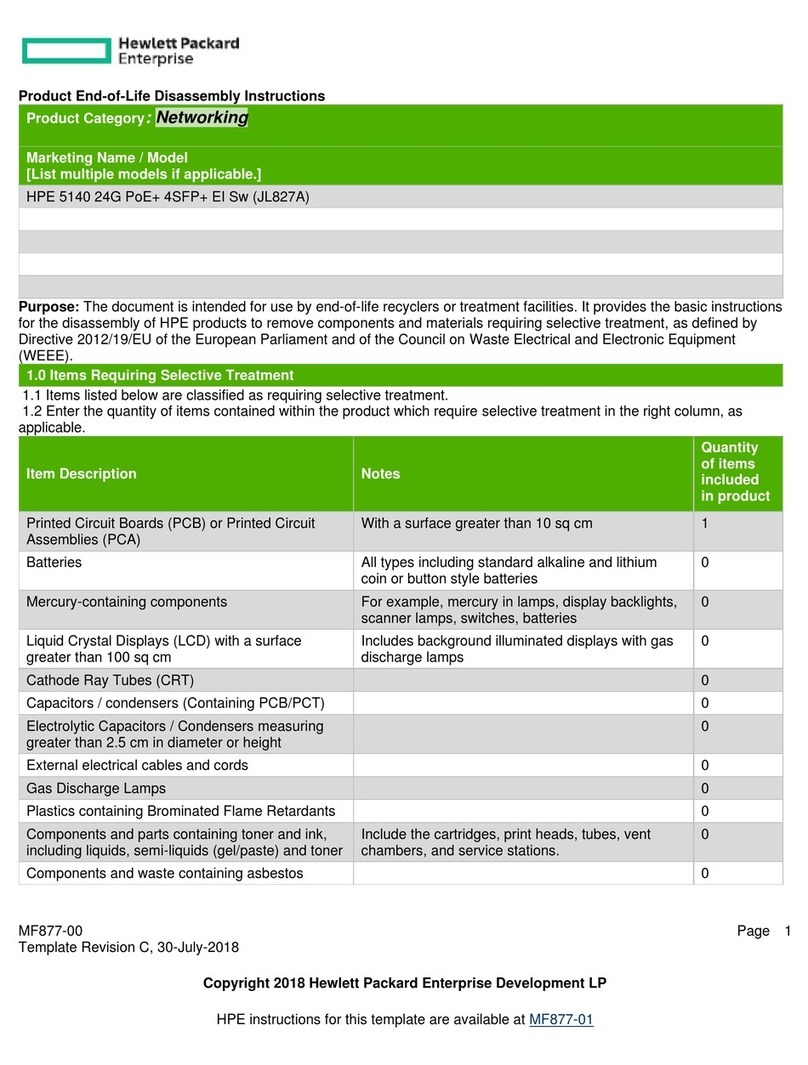
HPE
HPE 5140 24G PoE+ 4SFP+ EI Sw Assembly instructions
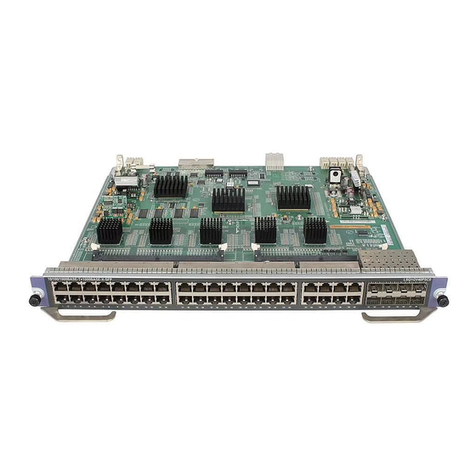
HPE
HPE FlexNetwork 7500 Series Installation manual
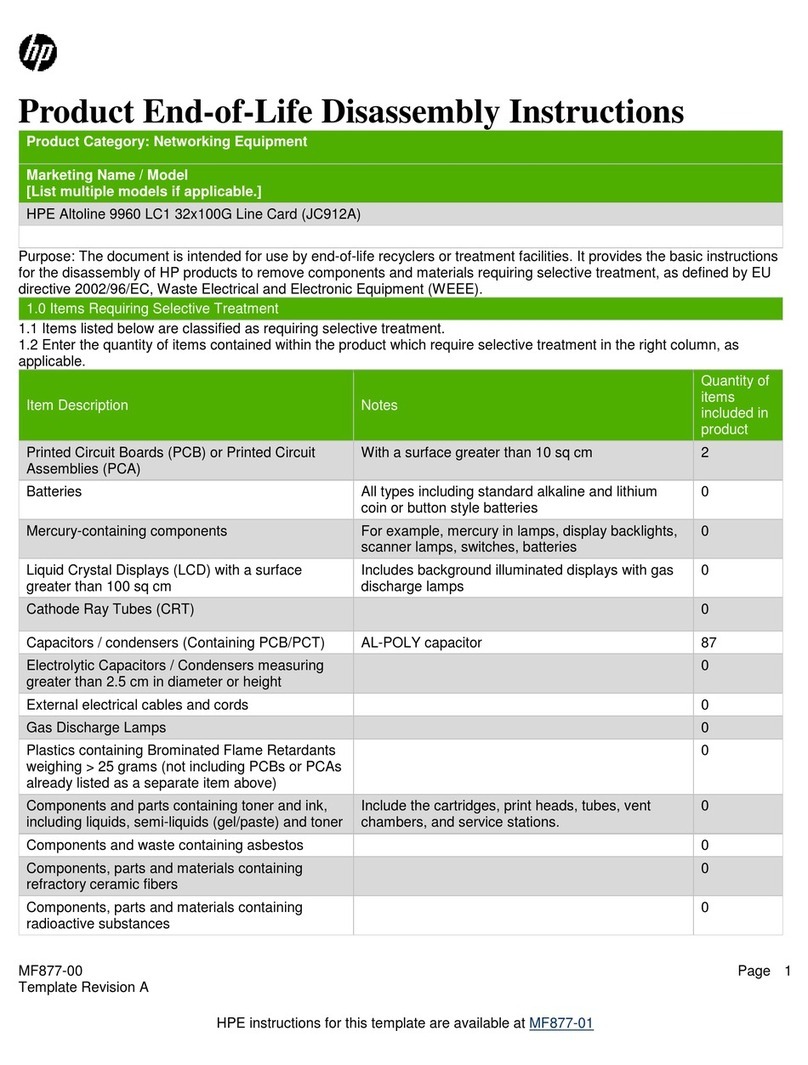
HPE
HPE Altoline 9960 LC1 Assembly instructions

HPE
HPE FlexFabric 5950 Series User manual
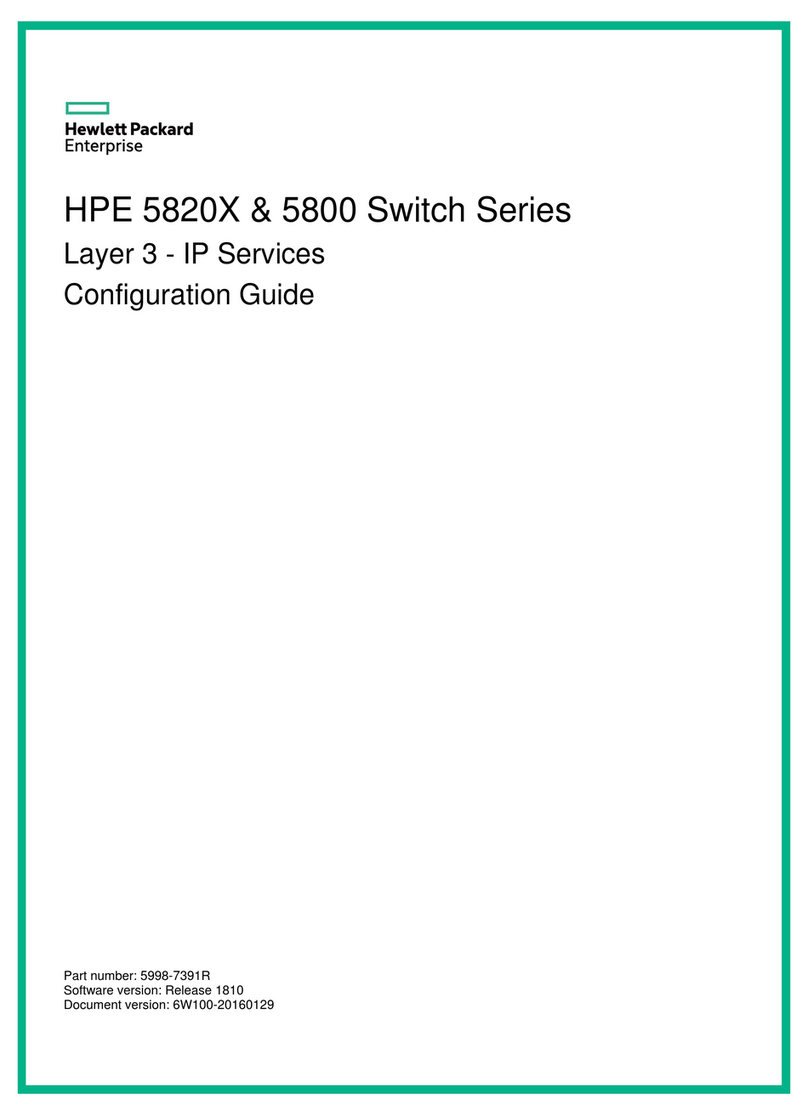
HPE
HPE 5820X Series User manual
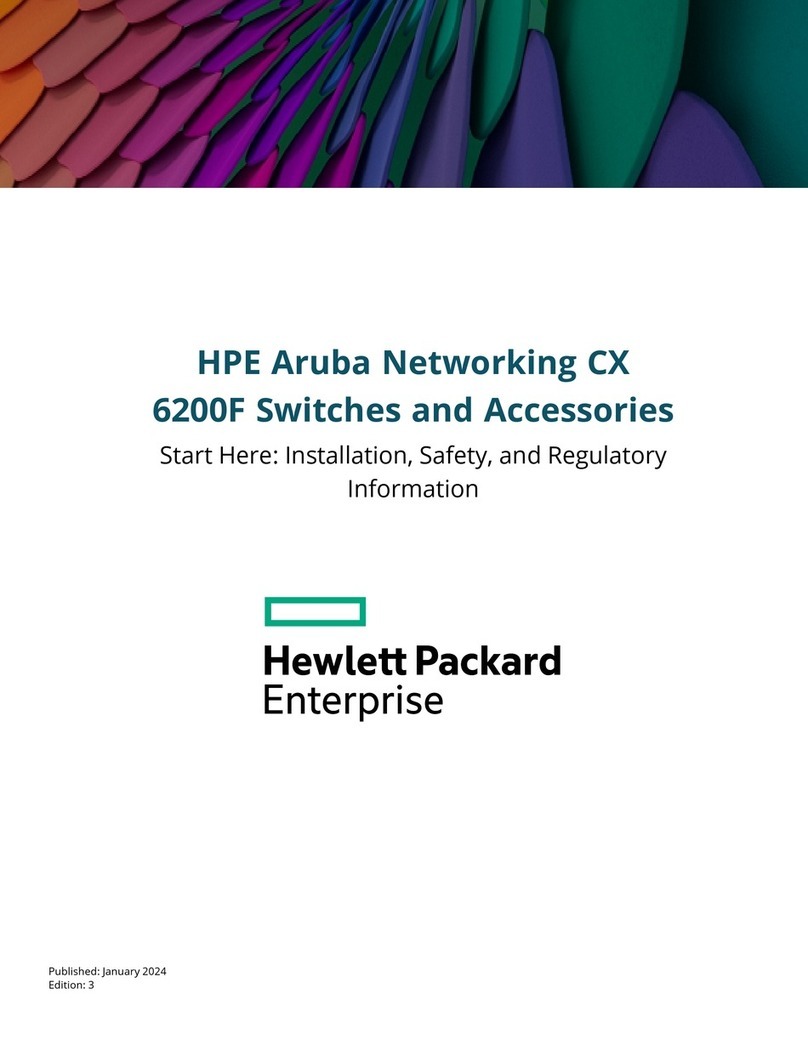
HPE
HPE Aruba 6200F Owner's manual
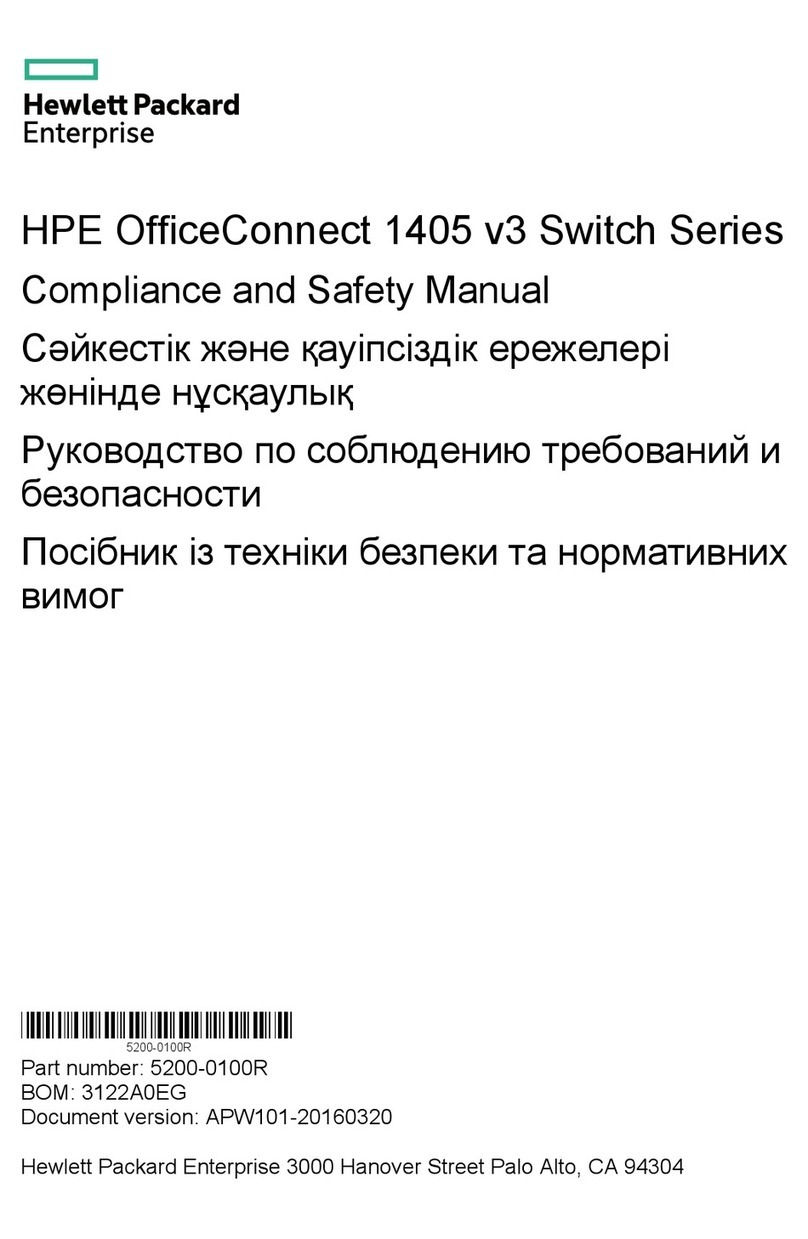
HPE
HPE OfficeConnect 1405 v3 Series Instruction Manual
Popular Switch manuals by other brands

SMC Networks
SMC Networks SMC6224M Technical specifications

Aeotec
Aeotec ZWA003-S operating manual

TRENDnet
TRENDnet TK-209i Quick installation guide

Planet
Planet FGSW-2022VHP user manual

Avocent
Avocent AutoView 2000 AV2000BC AV2000BC Installer/user guide

Moxa Technologies
Moxa Technologies PT-7728 Series user manual

Intos Electronic
Intos Electronic inLine 35392I operating instructions

Cisco
Cisco Catalyst 3560-X-24T Technical specifications

Asante
Asante IntraCore IC3648 Specifications

Siemens
Siemens SIRIUS 3SE7310-1AE Series Original operating instructions

Edge-Core
Edge-Core DCS520 quick start guide

RGBLE
RGBLE S00203 user manual
